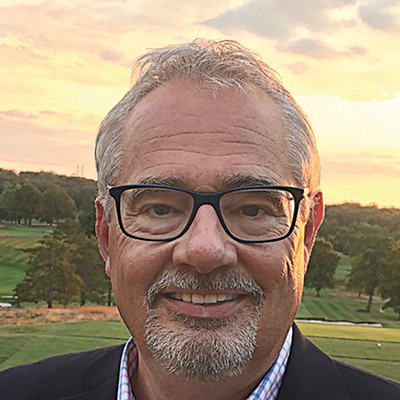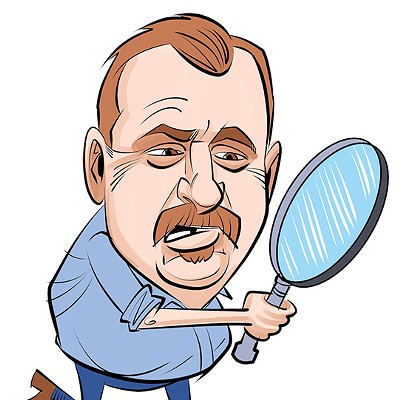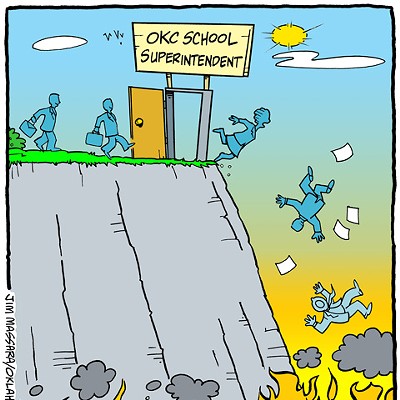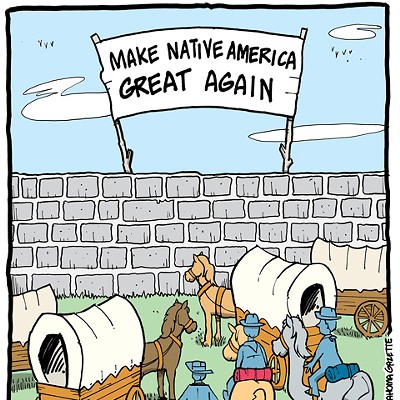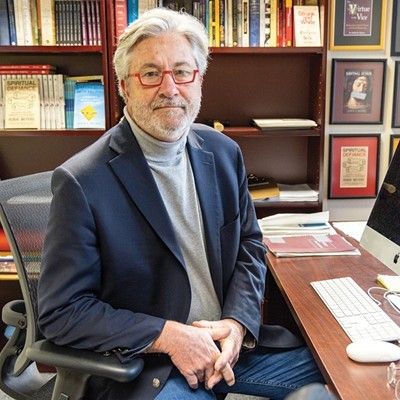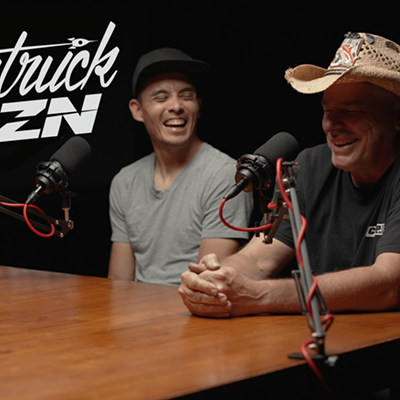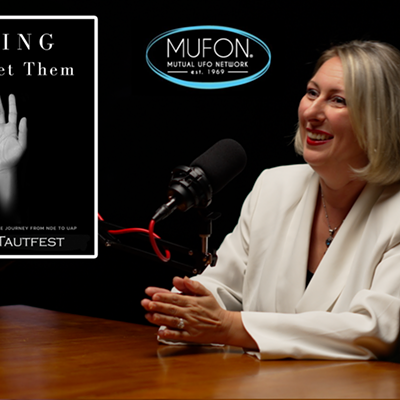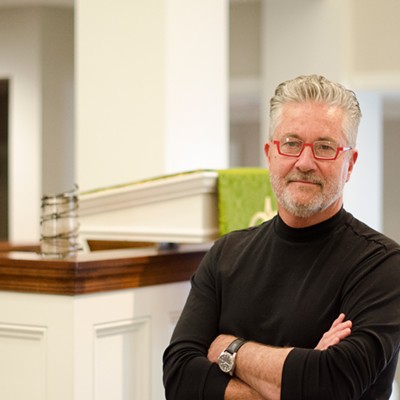Oklahoma City may technically be a "big-league city" in the sense that we now have a professional sports franchise, but we have some work to do before we're truly in the next tier of cities in the eyes of both current and future citizens.
The next step up that tier is to ensure that we are doing the necessary things to exhibit a community pride and to create a downtown living space that makes residents want to call downtown home. Every major U.S. city to which we are losing graduates and professionals has a vibrant downtown living environment. For Oklahoma City, the key element to that equation is the "Core to Shore" development.
On a recent trip to Austin, Texas, I had the pleasure of staying downtown. From my hotel, I was able to jog a few blocks south to a well-manicured and shaded running trail around Town Lake. It was a perfect running environment, and it made me appreciate the lake's proximity to the downtown area and how much it contributes to the experience of being there.
When I returned to Oklahoma, I was determined to do the same because I knew we had a fairly new running trail along the Oklahoma River. So the next week, I set out from Park and Harvey downtown and ran south toward the Oklahoma River. What I discovered was that it's near impossible to make it to the Oklahoma River from the downtown business district on foot, so I turned around and headed home, disappointed and frustrated.
I was confident, however, that I wouldn't forever be prevented from making it to the Oklahoma River from downtown, because what would be the point of having running trails along the river if runners couldn't even get to it?
With a new appreciation for the importance of developing a pedestrian-friendly green belt area south of Oklahoma City and around the Oklahoma River, I went to www.okc.gov and found the "Core to Shore Urban Renewal Plan" by the city's Urban Renewal Authority, dated February 17, 2010, and my frustration turned to hope.
I found that two primary development objectives of the Urban Renewal Plan are to connect the central business district to the Oklahoma River and create an active and engaging riverfront along the Oklahoma River. That's not to mention the objective of developing the area for economic and residential vibrancy.
I am relieved to know that the exact issue that I had discovered on an afternoon attempt at a jog had already been articulated and a plan was in place to address the issues with specific objectives. However, projects on paper are only worth the paper they're written on. If we are going to see our downtown area develop into a thriving residential, economic and recreational environment, city leaders and the MAPS 3 Citizens Advisory Board must ensure that the plans of the Urban Renewal Authority are fully implemented, and Oklahoma City voters are going to have to hold them accountable.
The development of the area immediately south of downtown Oklahoma City and along the Oklahoma River is the single most important element to the growth and livability of downtown and to attracting and keeping young talent in Oklahoma City.
Let's all do our part to see the plan through and have an even greater city to call home.
Smith is an attorney living in Oklahoma City.

